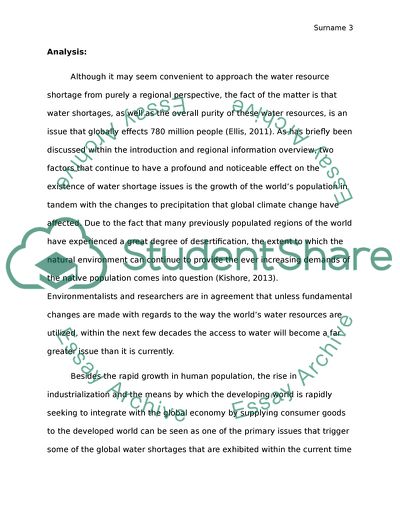Cite this document
(Renewable Water and the Current Situation Report Example | Topics and Well Written Essays - 3250 words, n.d.)
Renewable Water and the Current Situation Report Example | Topics and Well Written Essays - 3250 words. https://studentshare.org/physics/1844760-sustainability-individual-written-report
Renewable Water and the Current Situation Report Example | Topics and Well Written Essays - 3250 words. https://studentshare.org/physics/1844760-sustainability-individual-written-report
(Renewable Water and the Current Situation Report Example | Topics and Well Written Essays - 3250 Words)
Renewable Water and the Current Situation Report Example | Topics and Well Written Essays - 3250 Words. https://studentshare.org/physics/1844760-sustainability-individual-written-report.
Renewable Water and the Current Situation Report Example | Topics and Well Written Essays - 3250 Words. https://studentshare.org/physics/1844760-sustainability-individual-written-report.
“Renewable Water and the Current Situation Report Example | Topics and Well Written Essays - 3250 Words”. https://studentshare.org/physics/1844760-sustainability-individual-written-report.


